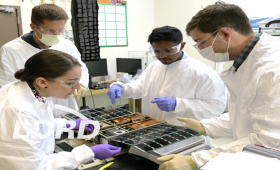Livermore researchers are developing new instruments and operational principles for a type of nanosatellite called CubeSat.
Science and Technology
in the News
Science and Technology
in the News
News Center
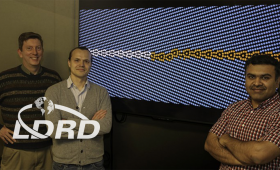
Using machine learning, evolutionary algorithms, and other advanced computational techniques, researchers at Lawrence Livermore have successfully modeled how atoms are arranged between the crystals that make up most materials.

Livermore and Texas A&M scientists gain a better understanding of how radiation defects form
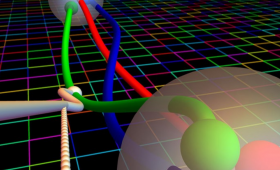
A new calculation of nucleon axial coupling offers insights into the properties of neutrons.
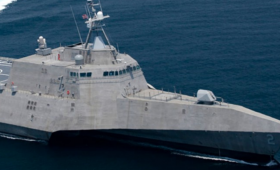
Livermore researchers are collaborating with the U.S. Navy on 3D-printing critical replacement parts.
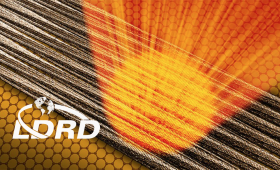
An international research team has developed an x-ray-based method to study individual amyloid fibrils

A Livermore team has designed and built a portable diagnostic machine capable of probing the melt pool in additive manufacturing processes to improve part quality.
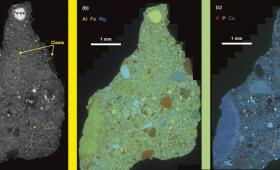
Scientists have determined how and when the red planet’s crustal topographic and geophysical divide formed by examining an ancient Martian meteorite.

A Livermore-led scientific team has developed a science-based, statistically validated way to use protein markers from human bones for identification

